Design Solutions | New Materials
My goal for the final project is to create new materials or processes that will help other artists create something new or shine light upon issues regarding sustainability in a creative/artistic fashion.
Inspiration: BioPlastic Textile
So after doing some digging, I found a few companies that are currently revolutionizing the textile and fashion industry. Their work within this sector can be implemented on a global framework but issues within R&D, Scalability, and funding are all elements that they continue to struggle with.
Bolt Threads: BoltThreads is a sustainable textile manufacturing company that utilizes science and innovative processes ti create materials/textiles out of natural materials. The company began its venture in 2009 after a partnership between 3 scientists and an idea to take spider silk and integrate its natural and strong properties(durability, flexibility, softness, elasticity) in textile manufacturing. They have since expanded their product line from Microsilk (spider silk), Mylo (mushroom leather), B-Silk Protein (Silkworm Cocoons) for skincare purposes.

Modern Meadow: Similar to Bolt Threads, Modern Meadow is a manufacturing company that utilizes natural materials without the use of animal agriculture – hoping to reduce the need for animal dependency in various industries. Their core product is known as Zoa, is derived from collagen-producing micro-organisms to create a leather-like textile. They are also working on projects to use spider silk, mushrooms, and bacteria bricks as a means to create natural fibers/textiles.
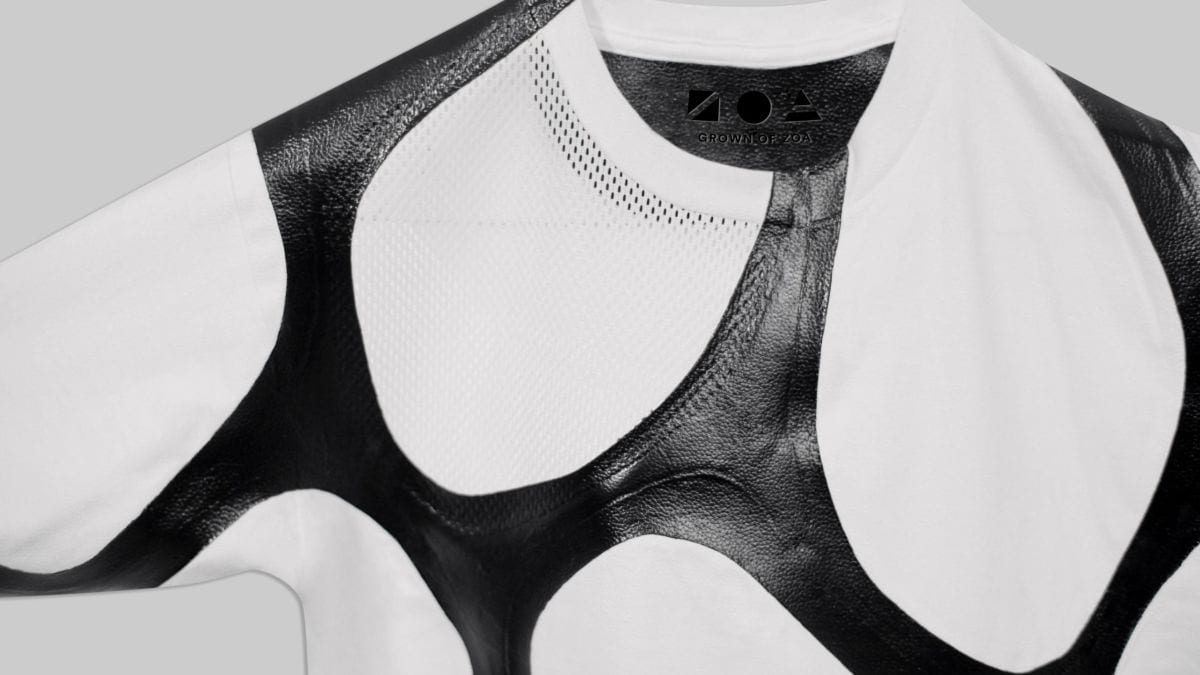
Proposal:
Although I don’t have access to the incredible R&D or equipment that these large companies have, I really want to create my own textile that is naturally sourced. My goal is very similar to these companies’ mission statements for reducing the environmental impact of the fashion industry. By creating my own organic textiles, I can reduce the amount of excess textile waste and the dependency on animal agriculture in the creation of materials like leather.
I recently conducted an experiment using the Bioplastic Agar Mixture. In this experiment, I wanted to incorporate more ‘natural’ materials by incorporating plants into the recipe. I added dried green tea leaves as a binding agent and I want to run more experiments with other plant life such as like flowers, stems, and etc.
I plan on creating thin layers that are transparent, hoping to take two pieces of the textile and ‘sandwiching’ organic plant matter between them. I originally got this idea from laminated flowers, but instead of using plastic or vinyl an organic material will be used. After creating this textile, a garment will be created to show its potential as a fabric substitute (hopefully) OR I can try to take this material and use it mimic/replace an already existing art form. I want to make a statement piece this time (maybe) LOL.
Hypothesis:
Is it possible to create a bioplastic material that will hold other organic matter in it?
Can I create a textile that doesn’t look like horrendous?
How can a bioplastic material be used to create/replicate/showcase an art form that has been done for centuries?
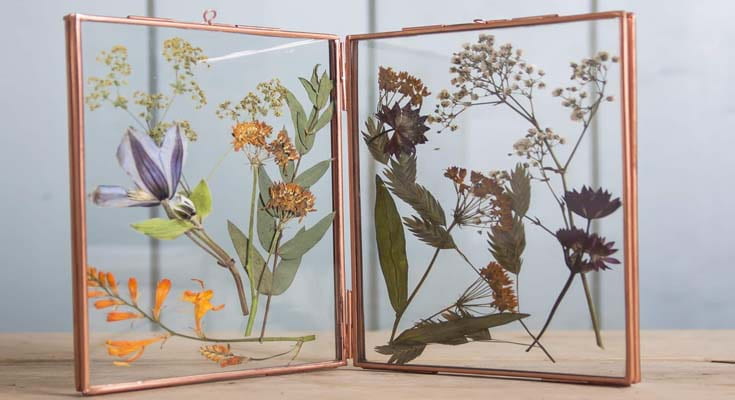
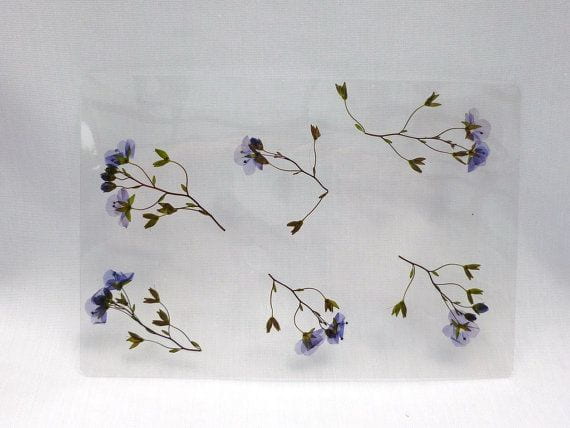
Design Solutions | New Materials
Inspiration:
After several workshops using melted plastic as a primary material, I wanted to create something using this technique and was relevant to China. I was really inspired by the workshop that was hosted by Adele, and during the workshop, she created flat plastic sheets that were malleable and stood out to me. It looked like the beginning of something or parts of something bigger. Maybe I’ve been spending way too long in Art/History museums that these flat discs resembled like part of armor to me.
China is known for these metal armors that were used in battle or plays and are an integral part of Chinese history. I’ve attached some photos below as a reference.
Photos:
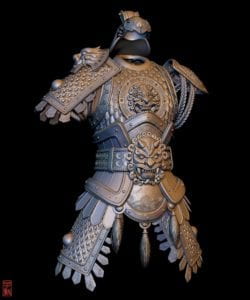
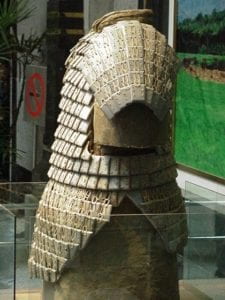
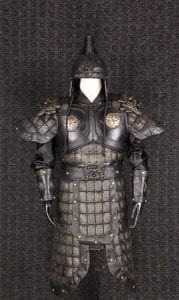
Ideally, I want to take plastic sheets that I make and create something similar. I wanted to create a piece that juxtaposes China’s history and its consumption of plastic and the country’s waste management as a whole. To do this, I would create several plastic sheets of uniform sizes (I can try) and create a similar armor made entirely out of plastic. I would be utilizing the techniques learned in class and experimenting with various types of plastics (acrylic, P1, P2), and silhouettes.
The plastic sheets would ideally be made within this form factor and attached together to form a final piece. My goal is to show people that plastic has just as much history as the one’s their country (China) celebrates. It’s important to note that these ancient relics have been preserved for generations, but plastic has a longer lifespan than the metal itself. I want more people to understand the drawbacks of plastic in a visual display that is integrated within Chinese culture.
Plastic:
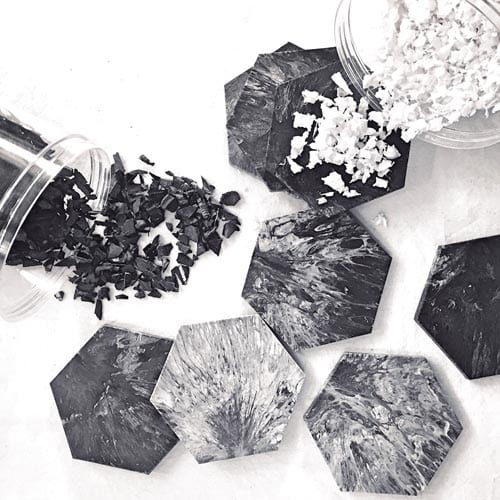

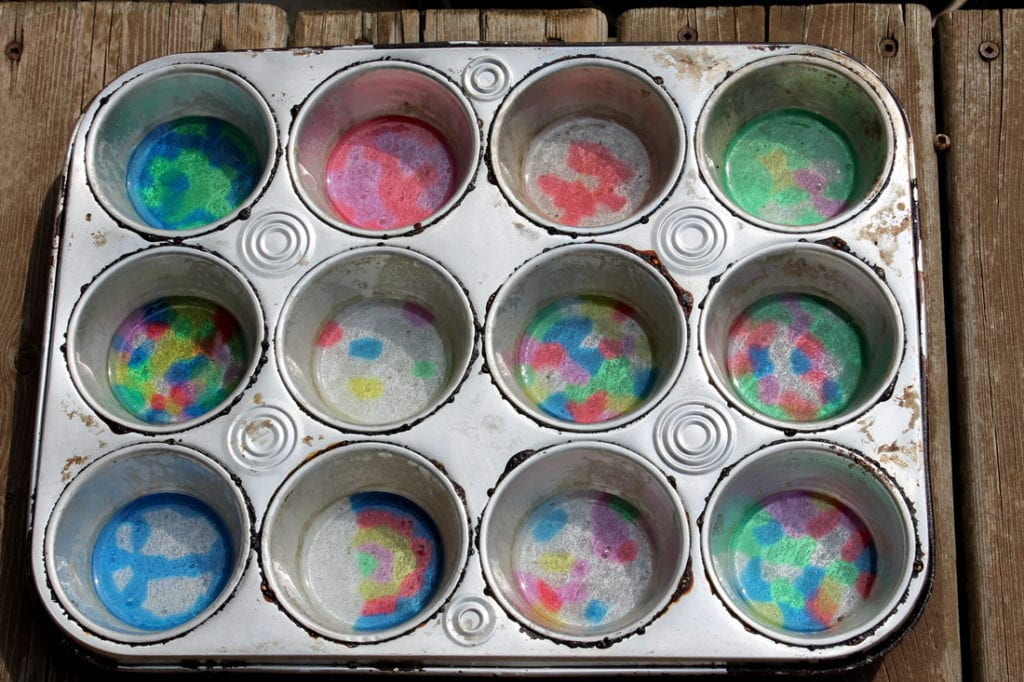
Hypothesis:
Can plastic be used to create an armor-like silhouette?
Can plastic be used as a means to shed light upon issues ingrained within a country’s cultural perspective?
Leave a Reply